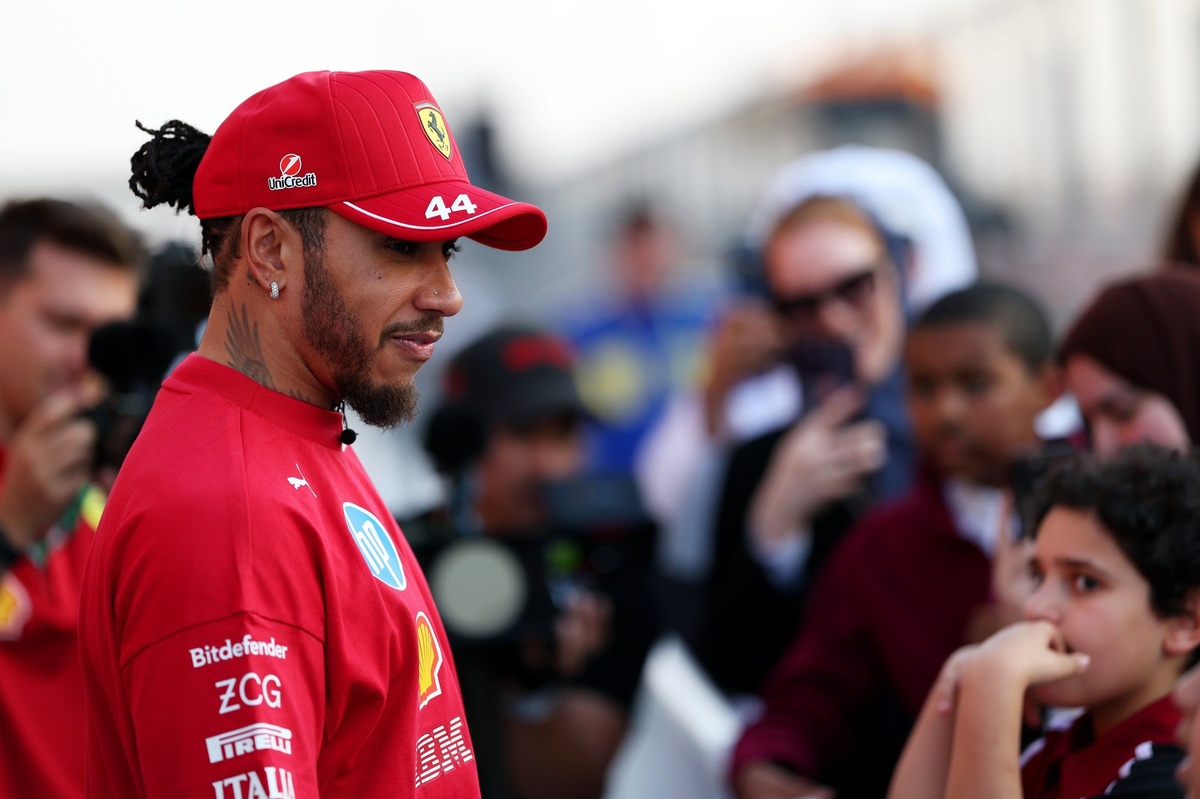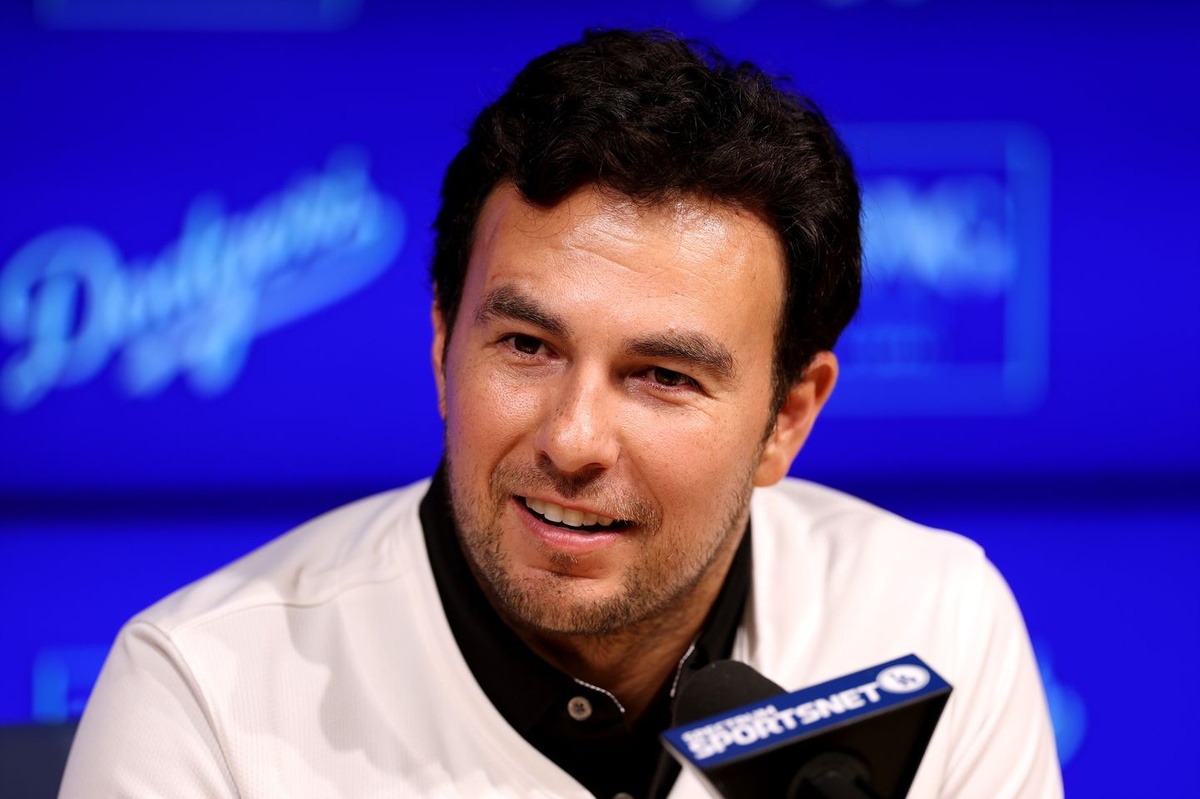Mercedes Struggles to Keep Pace in Austrian GP as Tyre Overheating Issues Resurface
Mercedes experienced a challenging weekend at the Formula 1 Austrian Grand Prix, with George Russell finishing fifth—over a minute adrift of the dominant McLarens. After triumphing at the Canadian Grand Prix, the Silver Arrows faced a stark reality, grappling with persistent tyre overheating issues that have hindered their performance on warmer tracks.
What Was Behind the Lack of Pace for Mercedes at F1 Austrian GP?
On the sun-soaked Red Bull Ring, Mercedes encountered its toughest outing of the season, echoing problems seen at previous hot-weather circuits like Jeddah and Imola. Russell’s post-race comments highlighted the severity of the situation, stating: “The problem is so clear… We drop off so much when there’s a bit of overheating.”
Tyre Overheating: A Critical Concern
The primary issue plaguing the W16 was tyre overheating, which has proven to be a significant hurdle for the team. In Canada, where temperatures soared to 50°C, both Mercedes car performance and driving style seemed to mitigate the thermal stress on the tyres. However, the contrasting conditions in Austria—characterised by demanding high-speed corners and abrasive surfaces—exposed the vulnerabilities of the car.
“The asphalt here is rough, and we experienced severe overheating,” Russell continued. As a result, the team found itself battling not just with the pace of frontrunners like Mclaren and Ferrari, but also with the midfield pack.
The Road to Recovery: Insights from Mercedes Management
Odyssey continued as team principal Toto Wolff revealed that the team had been experimenting with setups intended to benefit their long-term goals for 2026. “The only positive takeaway is that we tried something extreme; it worked in Montreal but not here,” he noted. This gamble may have cost them dearly, as he acknowledged that reverting to established setups from the previous year could have potentially secured a podium finish.
Track Challenges and Race Dynamics
The Red Bull Ring features a unique track layout with distinct sectors that challenge car performance differently. Mercedes was relatively competitive in qualifying, but the evolving conditions during the race led to unexpected difficulties in maintaining pace, particularly in long corners.
As Wolff explained, “Long runs were looking good, but as temperatures rose, so did our challenges. We learned from the past but perhaps not adequately enough.”
Conclusion: Looking Ahead
As Mercedes reflects on a tough weekend, the focus shifts towards understanding and addressing the multi-faceted issues affecting car performance. The team’s next challenge will be ensuring that experimental setups do not come at the cost of race-day competitiveness, especially with the season progressing.
Continuing to innovate while addressing the basics will be critical for the Silver Arrows as they aim to return to the front of the grid in subsequent races.





